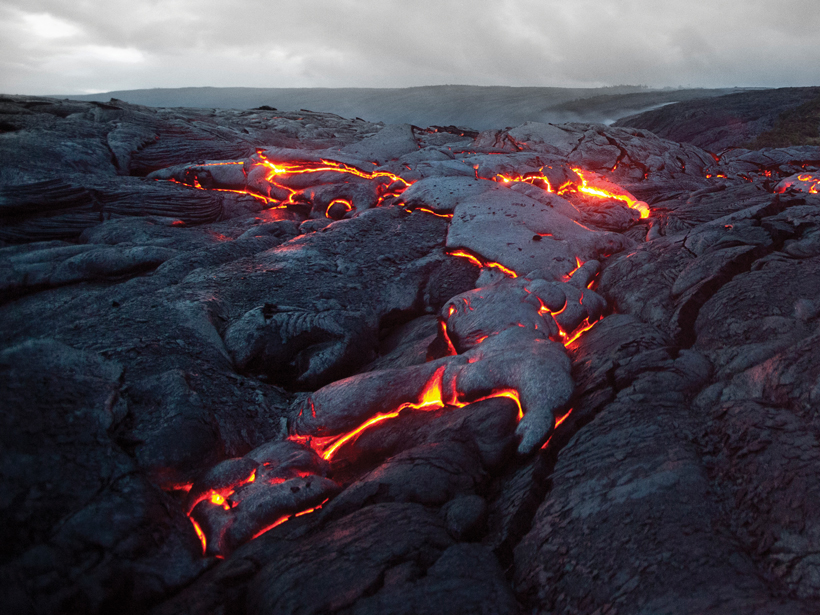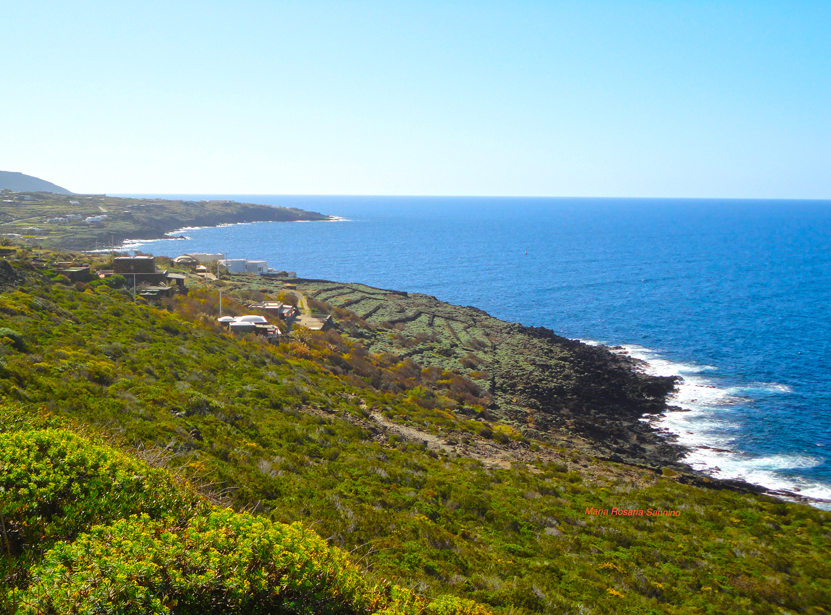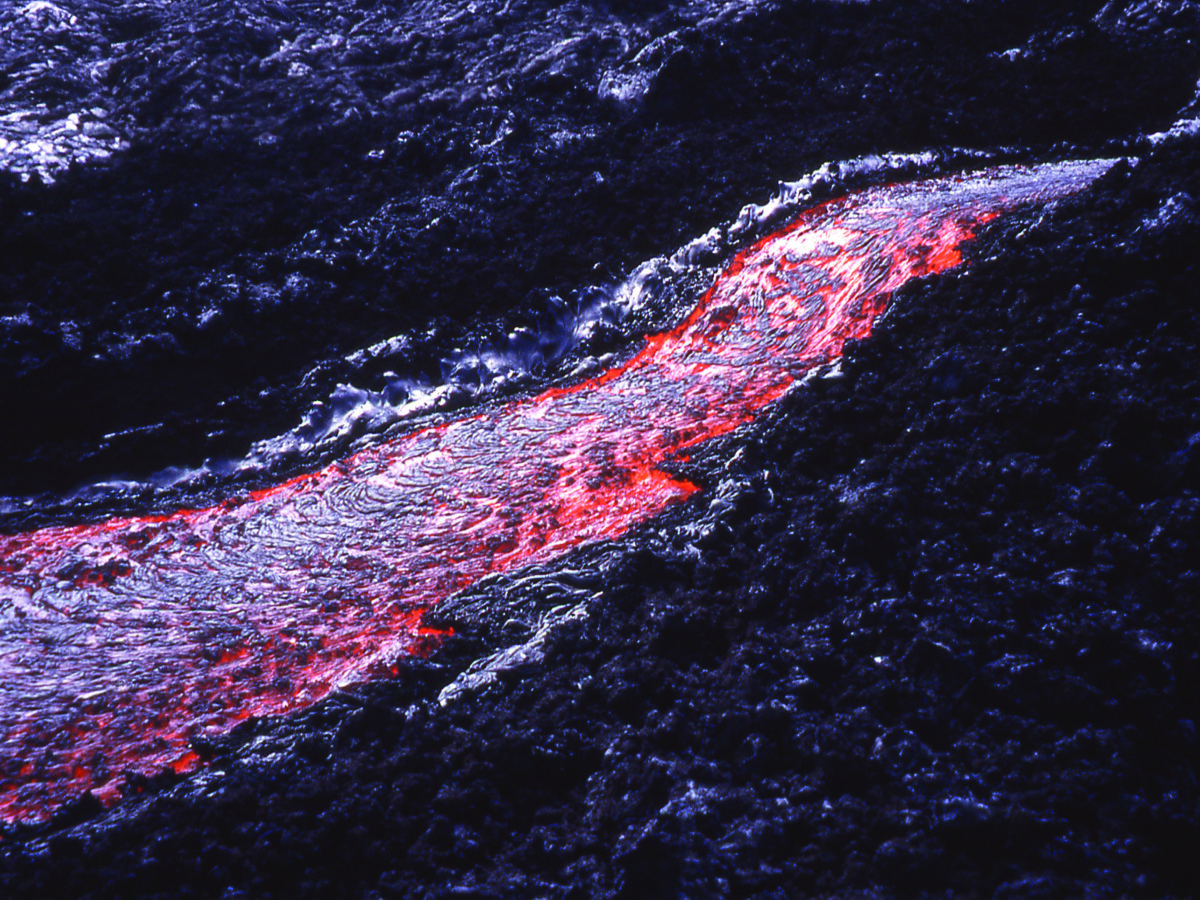For decades, scientists have probed Earth's remote mantle by analyzing how seismic waves of distant earthquakes pass through it. But we are still challenged by the technique's limitations.
lava & magma
Ghiorso and Sack Receive 2014 Norman L. Bowen Award
Mark Ghiorso and Richard O. Sack received 2014 Norman L. Bowen Awards at the 2014 American Geophysical Union Fall Meeting, held 15–19 December in San Francisco, Calif. The award recognizes outstanding contributions to volcanology, geochemistry, or petrology.
Found: The Submarine Source of an 1891 Eruption Near Sicily
Analysis of a volcano may help explain why some eruptions produce volcanic balloons–hollow chunks of lava that encase a gas-filled cavity.
Traces of Glass-Eating Microbes Found in Ancient Lake Bed
A serendipitous discovery of tiny tunnels in lava that cooled rapidly under fresh water could help scientists search for life on Mars.
Research Shines Light on Asthenosphere's Contribution to Hot Spots
What role does the asthenosphere play in midplate volcanism?
Scientists Engage With the Public During Lava Flow Threat
How do scientists communicate with the public during natural disasters, such as lava flows?
Continuing Bardarbunga Eruption Fuels Scientific Research
How are scientists taking advantage of Iceland’s Bardarbunga eruption, which shows no signs of slowing down?
Toward Another Lava Lake in the Virunga Volcanic Field?
Earlier this year, a red glow became visible atop Nyamulagira, a volcano in the East African Rift. Helicopter flights soon confirmed lava fountains inside a pit crater on the volcano's central caldera.
How a Change in Slope Affects Lava Flows
Using observations from historical eruptions and a simple mechanical model, researchers studied how changes in slope can affect lava flows.






